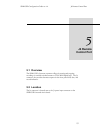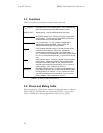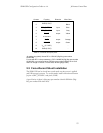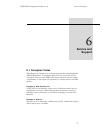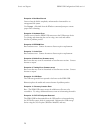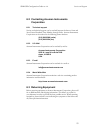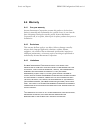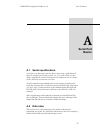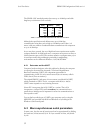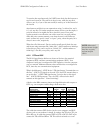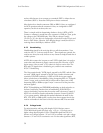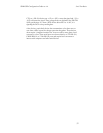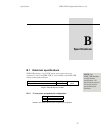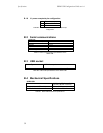
SDR2-USB Configuration Guide rev 1.0 Serial Port Basics
31
A
A
A.Serial Port
Basics
A.1 Serial specifications
Serial data is any data that is sent one bit at a time using a single electrical
signal. In contrast, parallel data is sent 8, 16, 32, or even 64 bits at a time
using a signal line for each bit. Data that is sent without the use of a master
clock is said to be asynchronous serial data.
Several communications standards exist for the transfer of asynchronous
serial data. Common PC’s transfer data using the EIA RS-232C (also known
as V.28 or V.24). Updated versions of this standard include RS-232D and
EIA/TIA-232E, but most literature still refers to the RS-232C or RS-232
standard.
Other asynchronous serial standards in common use include RS-422, RS-
423, and RS-485. These standards allow higher data rates and longer cable
lengths than RS-232 and are common in industrial settings.
A.2 Data rates
The baud rate for a serial connection is the number of bits that are
transmitted per second. It is specified in bits/second or baud. For example, a
9600 baud serial link transfers 9600 bits per second.



